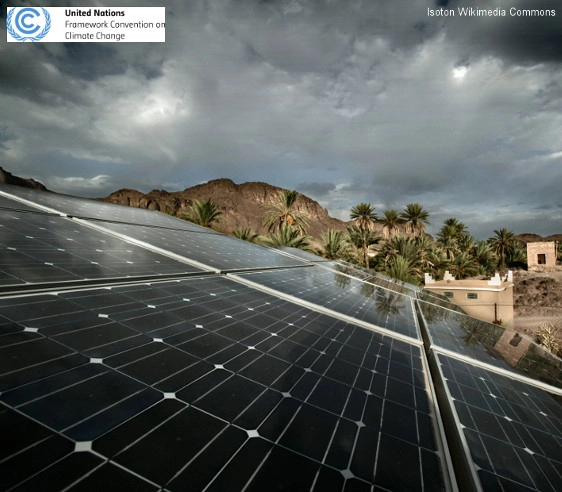Main content
2016 Princess of Asturias Award for International Cooperation

United Nations Framework Convention on Climate Change and the Paris Agreement
2016 Princess of Asturias Award for International Cooperation
The United Nations Framework Convention on Climate Change (UNFCCC) is the UN agreement whose primary goal is to stabilize greenhouse gas emissions in order to “prevent dangerous anthropogenic (human-induced) interference with the climate system”.
End of main content
